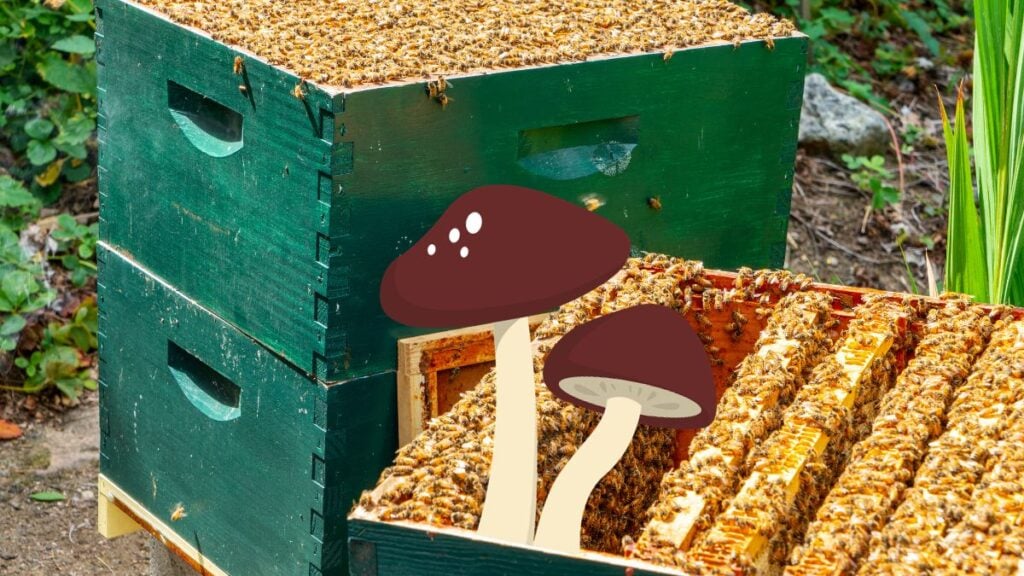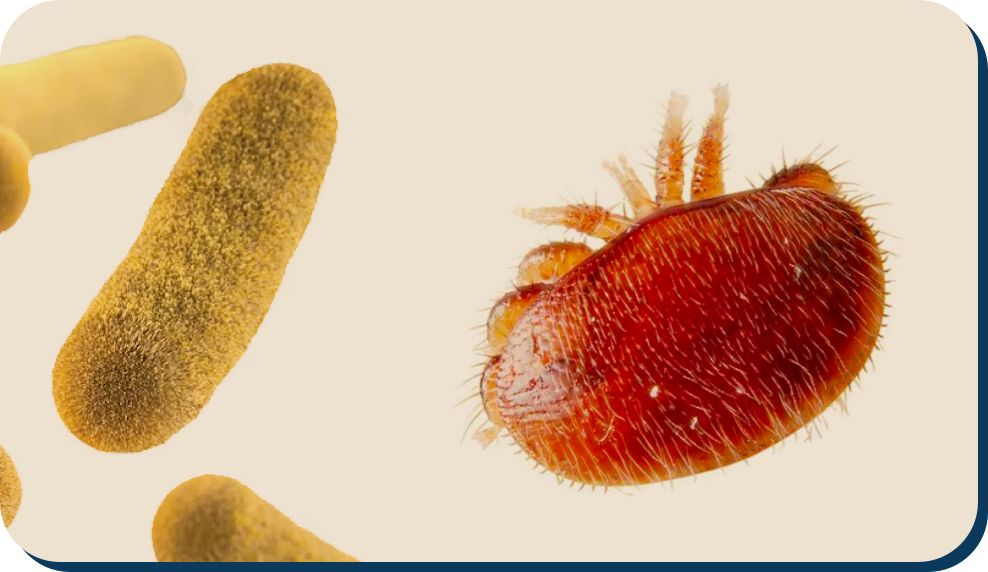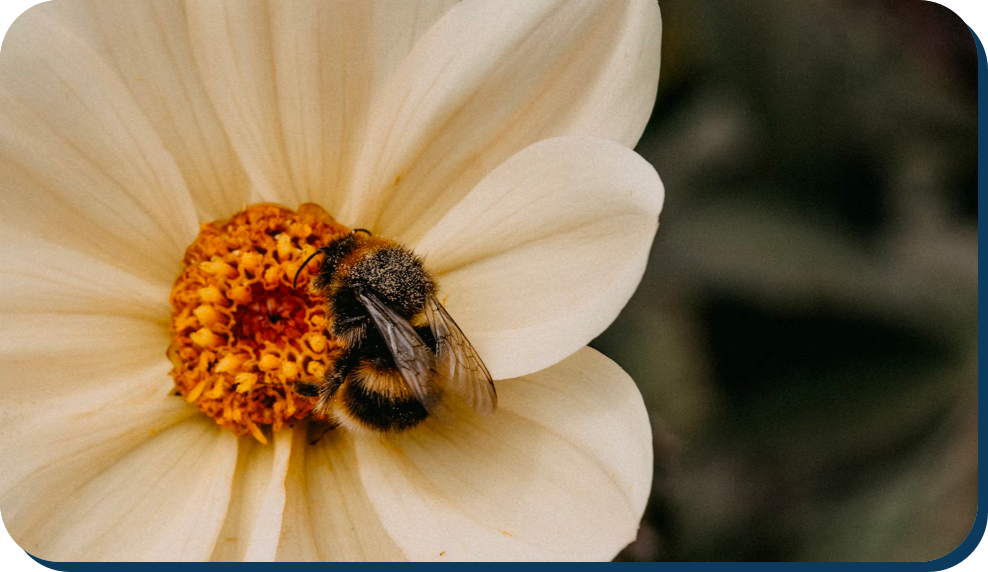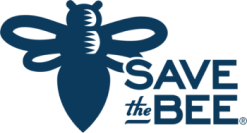Healthy Bees, Healthy Humans
Almonds, blueberries, apples, cherries and more – honey bees pollinate 80% of flowering plants in the U.S. In fact, one-third of our diet – our favorite foods that keep us healthy and happy – needs bees to grow.
It is not just fruits and vegetables that are at risk of disappearing from our plates. The decline in the bee population also can affect the availability of meat and dairy as bees pollinate the plants cows, sheep, and goats like to eat, too.
From bringing us the foods we eat, and oils we use to cook, to the fibers in the clothes we wear, honey bees are vital to human wellbeing.
Bees are also an important economic driver. Honey bees add $15 billion a year to the U.S. economy, according to the USDA. The sale of honey contributes another $3.2 million annually. (Currently, the US only produces only 25% of the honey it needs to satisfy demand.)
Did you know?
Honey bees pollinate more than 130 different fruits and veggies.
In total, pollinators contribute $200 billion annually to the U.S. economy, mainly in agriculture.
Honey ranks as America’s #1 preferred sweetener due to the health and ecological benefits.
